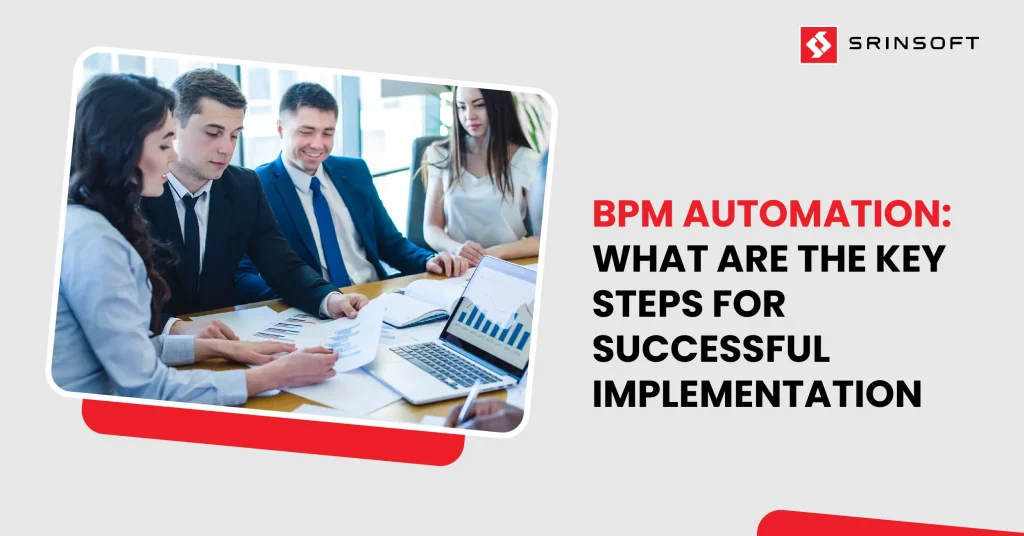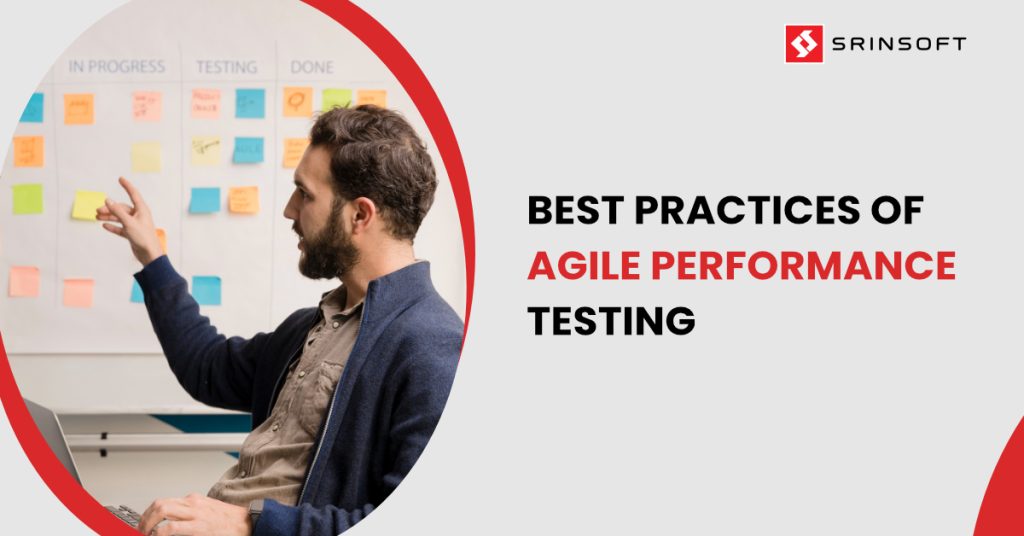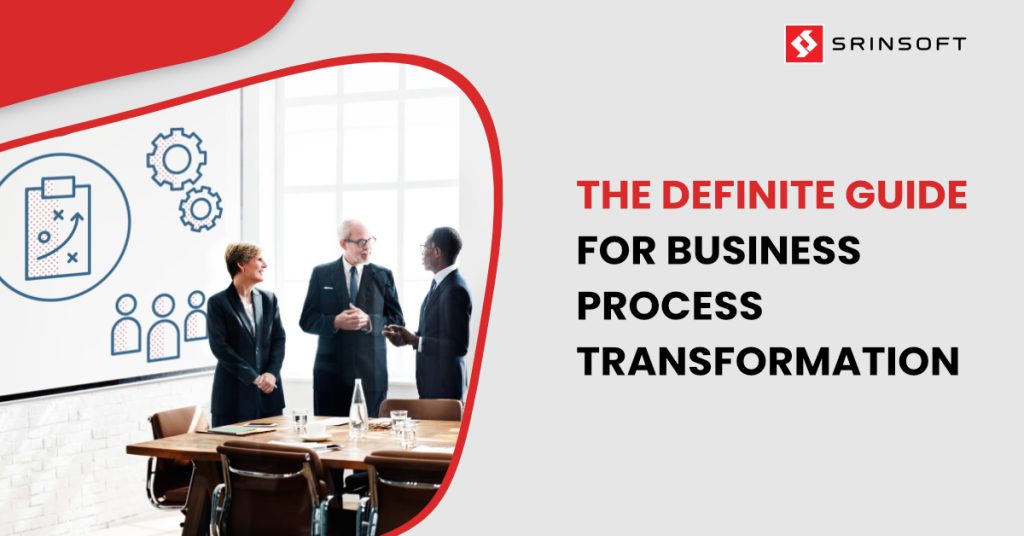
What is Business Process Automation?
Business Process Automation (BPA) is the use of technology to execute recurring tasks without requiring any human intervention. BPA leverages software to significantly reduce time and cost, lower the incidence rate of errors, and raise overall productivity.
Think of it as a way to make everyday tasks—like data entry, approvals, or customer notifications—happen automatically, saving time and resources.
For instance, when a customer places an order online the BPA automatically updates inventory, notifies shipping, and sends confirmation emails to the client. All of this occurs without a need for manual data input or action triggers, which makes the process much faster and lowers the chances of errors.
Areas such as finance, HR, customer service, and supply chain management make extensive use of BPA. Businesses can improve productivity and create more space for employees to focus on strategic, creative work by automating repetitive tasks.
In short, BPA supports companies to operate more smoothly and efficiently by driving consistent and accurate interactions at scale – so much so that it reduces the dependence on manual work.
The Need for Business Process Automation
With the help of BPA, we can easily combat sticky situations as business processes are becoming ever more important to companies that want to increase efficiency, reduce costs, and retain a competitive edge. BPA eliminates manual processes and errors which in turn leads to significant savings. It also enables companies to handle increased workloads efficiently.
Many organizations are pursuing digital transformation, and BPA is a critical part of this as it helps them take small steps toward modernization without bogging their teams down. With automation, tasks can be completed faster for quicker turnaround times. BPA also enables businesses to deliver products/services faster with fewer errors.
Automation of repetitive tasks frees up employees for strategic work. It also simplifies workflows and organizes the processes by assigning responsibilities and ensuring accountability.
This clarity is priceless in tracing inefficiencies and make sure all steps are followed consistently. In addition, BPA opens up organizational transparency to help management witness progress and eliminate bottlenecks effectively.
The reduction in human error is one of the most important advantages BPA has to offer as many manual processes tend to suffer from this immensely. It will not only save businesses a lot of time and money but also help ensure compliance with industry regulations.
Reducing human error also leads to reliable data and results. Automation is also extremely useful for generating valuable data for informed choices as well as maintaining consistent processes and accurate records.
BPA is an investment that powers operational efficiency day-in and day-out as well as creates a foundation for long-term business growth and success.
Get Started with BPM Automation Today!
How to Establish BPA in Your Organization?
Define the Main Goals for BPA
It’s important that you clearly define the goals you want to achieve through BPA. Much like taking a road trip without knowing where to drive, being unclear about strategy is surely going to waste time and resources. Start by asking yourself what you aim to achieve with BPA.
Common objectives include reducing labor costs, improving output quality, and minimizing human error. Automation can also simplify work, reduce the time and effort in performing it or increase adherence to regulations.
If you are one of those businesses new to automation, it is best to keep it simple by starting with recurring, rules-based tasks, such as processing purchase orders.
Defining these goals that simple and meet the above organization-wide objectives, your BPA will translate into tangible results & aid business success.
Identifying Automation Potential
Before jumping into the bandwagon of implementing BPA, organizations need to figure out the processes that can be automated. Determine which processes are time-consuming, error-prone, or repetitive. Evaluate the process by considering the following aspects
- how each process needs to work
- how complicated is its nature
- how standardized it is across the organization
Automation opportunities can be found especially in repetitive, time-consuming processes that contain many steps or touchpoints that may interact with multiple systems.
By performing a deep dive assessment of processes, and understanding their current state, will tell you how to best apply automation tools. This is a key differentiator in the road towards automation that will empower better productivity across your organization.
Analyze and Optimize Processes for BPA
To successfully implement BPA, it is important that you first analyze and streamline your current processes. When you automate a flawed or inefficient process all the issues will be will only accelerate and become magnified.
Begin by analyzing your existing processes to pinpoint areas where they are lacking or ineffective. This can consist of a cost-benefit analysis where you compare what the automated process could be (TO-BE) with how it works today (AS-IS). Map out current processes to identify inefficiencies and bottlenecks.
Process simulation helps to model how much you can save and how much ROI you can get from the automation. It is also important to take feedback from some of the key stakeholders such as business analysts, the development team, and IT so that the automation that you are trying to achieve would help the organization the most appropriately.
By making improvements and refining your processes for automation, you will enable BPA to drive genuine performance and increase productivity levels rather than just speeding up existing flaws.
Determine the Solution that Best Suits You
Choosing a suitable solution for BPA can be tricky as it may widely vary based on your organizational requirements. Pre-built tools, low-code BPA platforms, and custom software are the three primary options.
Pre-built tools are software products built to automate some particular business process with little customization. For companies with basic, well-defined processes they’re perfect.
Low-code BPA platforms are generally more flexible, giving developers the ability to build custom automation solutions using less code. These are ideal platforms for businesses that need more flexibility than what pre-built tools offer but do not have the time or resources to create a fully custom solution.
This is when custom software comes in handy, by developing a new application from scratch that meets all the unique needs of your business. However, this is most suitable for more complex processes. A higher level of personalization will require its development and can take considerable time to implement.
When selecting the right solution, make sure that it is user-friendly, scalable, and integrates seamlessly with your existing tools and data systems. Choose tools that align with your organization’s needs and budget.
Estimate the BPA Impact
To estimate the benefit of BPA, you should assess the efficiency gains and return on investment (ROI) from implementing it.
- Set Clear Goals: Define objectives to begin with. Specify how much time, money, and resources you wish to save as well as any additional revenue you aim to generate through automation.
- Measure Current Metrics: Before automating, gather data on your existing processes. That includes recording how long it takes to complete tasks, what those tasks cost, and any errors or delays. These baseline metrics will act as a reference point for you to measure the usefulness of automation later.
- Estimate Costs: In this step calculate every cost involved in implementing BPA – system, software/hardware investment costs and training/manpower requirements.
- Calculate Expected ROI: Lastly, determine your ROI of BPA by calculating all the costs involved in implementing and comparing it with expected savings and extra revenue generated over time. This can help you validate whether the ROI from automation is in line with your expectations.
Implement Automation and monitor the results
Once your BPA is set up, it’s time to roll it out. Start with a small, manageable process to test the automation tool and build confidence before you can deploy it at scale across your organization.
Monitor KPIs that reflect the expected cost-benefit improvements of your project after implementation. Monitor the performance and ease with which automated process is carried out, particularly during early stages.
Watch if employees need to do ad-hoc activities or take other paths since it might hint at some areas where the process design might need adjustments. Continuous monitoring allows you to take the feedback necessary to optimize and make incremental improvements over time.
Last but not least, provide necessary training to employees to ensure smooth adoption.
Take the First Step Towards Streamlined Operations with Srinsoft.
Conclusion
Adhering to the key steps in setting up BPA can lay a solid foundation for smooth and efficient processes. However, organizations must remain vigilant. The path of automation is not always the easiest. But regardless of how much planning you do, there are always curveballs that can be hurled along the way. Some of the challenges for automation include integration with legacy systems, employee resistance to change and security vulnerabilities.
Organizations must be able to adapt, monitor their progress regularly and adjust tactics based on what they learn in practice. By looking forward and adopting an attitude of continuous improvement, businesses can surmount these challenges and reap the full rewards that BPA has to offer.


